Rare Rides: The 1971 International Harvester Travelall, Adversary to Suburban

Today’s Rare Ride hails from the alternative to the Detroit Three: International Harvester. The company catered mostly to a farm-truck audience and was never a full-line manufacturer, but made some inroads with the family utility buyer with its Travelall.
International created the Travelall version of its full-size truck in 1953, at a time when the American lexicon didn’t contain the term SUV. Its station wagon competed directly with the Suburban, in a market which Chevrolet had largely to itself since introduction in 1940. Most station wagons of the time were built by third-party manufacturers, which used passenger car platforms and added a wooden body to the rear.
IH introduced the Travelall in 1953 and started building its own station wagons. Travelall’s first generation ran through 1957 and was offered with a single inline-six engine and one body style. It was technically a panel van with windows added and based on the R-Series full-size truck. For its final two years, the R-Series was replaced by the S-series, and a heavier duty version was offered. IH made four-wheel drive an option in 1956.
The tradition of a single Travelall generation spanning two different series of IH trucks continued in Travelall’s second and third generations. International made light developments of the A-series introduced in 1958, which turned into B-series in 1959. International added a third side door to Travelall for ’58, a full nine years before GM followed suit. The four-door model was available in 1961, 12 years before the Suburban gained a fourth door. C- and D-Series trucks were the foundation of the third-gen Travelall, offered from 1961 to 1968. As the popularity of the Travelall version increased, engine options grew, and the truck’s wheelbase increased as well.
In 1969 the Travelall entered its fourth and final generation and was considered a standalone offering instead of a version of the company’s current pickup truck. Based on the D-Series featured here previously, the new Travelall maintained the same 119-inch wheelbase as it had before. Still not an SUV, IH called it a truck-based station wagon, and positioned it above the much smaller Scout. Three-row seating was added in 1969 in line with Suburban offerings. In 1973 the Travelall spawned a pickup version of itself, to complete the pickup-wagon-pickup circle. Using the Travelall’s distinct body, the rear roof was removed to create the Wagonmaster. This was different from the four-door crew cab Travelette, which used the standard D-Series body design.
In its final years the Travelall was offered with an I6 (232 cu in) or V8 (401 cu in) from AMC, or three different International V8s, of 304, 345, or 392 cubic inches in displacement. Transmissions were largely manual and used three, four, or five speeds. There was also a three-speed automatic. Catering to various customers, the Travelall was available in basic work truck format, or in well-equipped trim with wood paneling like a traditional family hauler. Models were offered as 1010, 1110, and 1210, to correspond with their pickup truck siblings.
The end came quickly for Travelall in its final guise. IH had a small development budget, old products, and big, thirsty engines. The oil crisis of 1973 tanked sales across the line, but the Travelall, in particular, suffered at the hands of the Suburban. General Motors added its fourth door the same year as the oil crisis. 1975 was the last year of any full-size truck production at IH, as the company built only the Scout II through the end of its passenger vehicle line in 1980.
Today’s Rare Ride is a more basic Travelall, repainted in gold over a black interior. It’s an automatic with two-wheel drive and has traveled just 24,000 miles in its life. Yours for $17,000.
[Images: IH, Stageway]

Interested in lots of cars and their various historical contexts. Started writing articles for TTAC in late 2016, when my first posts were QOTDs. From there I started a few new series like Rare Rides, Buy/Drive/Burn, Abandoned History, and most recently Rare Rides Icons. Operating from a home base in Cincinnati, Ohio, a relative auto journalist dead zone. Many of my articles are prompted by something I'll see on social media that sparks my interest and causes me to research. Finding articles and information from the early days of the internet and beyond that covers the little details lost to time: trim packages, color and wheel choices, interior fabrics. Beyond those, I'm fascinated by automotive industry experiments, both failures and successes. Lately I've taken an interest in AI, and generating "what if" type images for car models long dead. Reincarnating a modern Toyota Paseo, Lincoln Mark IX, or Isuzu Trooper through a text prompt is fun. Fun to post them on Twitter too, and watch people overreact. To that end, the social media I use most is Twitter, @CoreyLewis86. I also contribute pieces for Forbes Wheels and Forbes Home.
More by Corey Lewis
Latest Car Reviews
Read moreLatest Product Reviews
Read moreRecent Comments
- Theflyersfan I used to love the 7-series. One of those aspirational luxury cars. And then I parked right next to one of the new ones just over the weekend. And that love went away. Honestly, if this is what the Chinese market thinks is luxury, let them have it. Because, and I'll be reserved here, this is one butt-ugly, mutha f'n, unholy trainwreck of a design. There has to be an excellent car under all of the grotesque and overdone bodywork. What were they thinking? Luxury is a feeling. It's the soft leather seats. It's the solid door thunk. It's groundbreaking engineering (that hopefully holds up.) It's a presence that oozes "I have arrived," not screaming "LOOK AT ME EVERYONE!!!" The latter is the yahoo who just won $1,000,000 off of a scratch-off and blows it on extra chrome and a dozen light bars on a new F150. It isn't six feet of screens, a dozen suspension settings that don't feel right, and no steering feel. It also isn't a design that is going to be so dated looking in five years that no one is going to want to touch it. Didn't BMW learn anything from the Bangle-butt backlash of 2002?
- Theflyersfan Honda, Toyota, Nissan, Hyundai, and Kia still don't seem to have a problem moving sedans off of the lot. I also see more than a few new 3-series, C-classes and A4s as well showing the Germans can sell the expensive ones. Sales might be down compared to 10-15 years ago, but hundreds of thousands of sales in the US alone isn't anything to sneeze at. What we've had is the thinning of the herd. The crap sedans have exited stage left. And GM has let the Malibu sit and rot on the vine for so long that this was bound to happen. And it bears repeating - auto trends go in cycles. Many times the cars purchased by the next generation aren't the ones their parents and grandparents bought. Who's to say that in 10 years, CUVs are going to be seen at that generation's minivans and no one wants to touch them? The Japanese and Koreans will welcome those buyers back to their full lineups while GM, Ford, and whatever remains of what was Chrysler/Dodge will be back in front of Congress pleading poverty.
- Corey Lewis It's not competitive against others in the class, as my review discussed. https://www.thetruthaboutcars.com/cars/chevrolet/rental-review-the-2023-chevrolet-malibu-last-domestic-midsize-standing-44502760
- Turbo Is Black Magic My wife had one of these back in 06, did a ton of work to it… supercharger, full exhaust, full suspension.. it was a blast to drive even though it was still hilariously slow. Great for drive in nights, open the hatch fold the seats flat and just relax.Also this thing is a great example of how far we have come in crash safety even since just 2005… go look at these old crash tests now and I cringe at what a modern electric tank would do to this thing.
- MaintenanceCosts Whenever the topic of the xB comes up…Me: "The style is fun. The combination of the box shape and the aggressive detailing is very JDM."Wife: "Those are ghetto."Me: "They're smaller than a Corolla outside and have the space of a RAV4 inside."Wife: "Those are ghetto."Me: "They're kind of fun to drive with a stick."Wife: "Those are ghetto."It's one of a few cars (including its fellow box, the Ford Flex) on which we will just never see eye to eye.



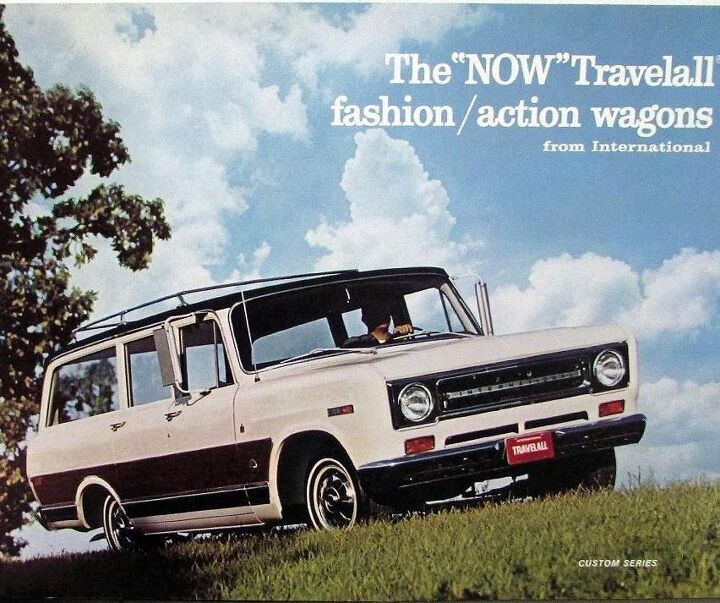


















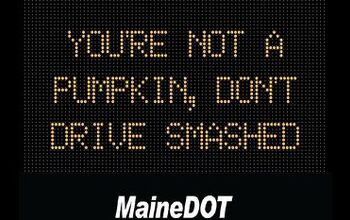

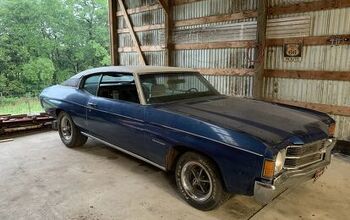
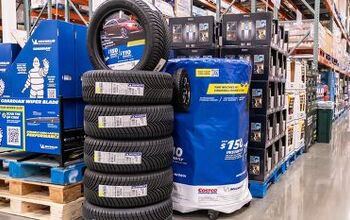
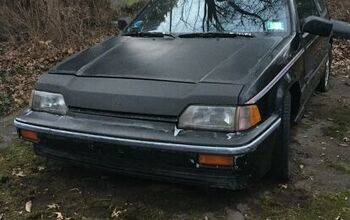
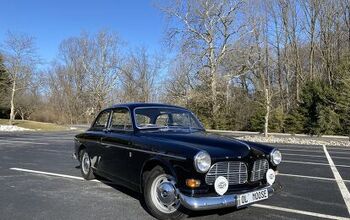

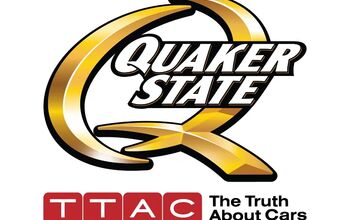
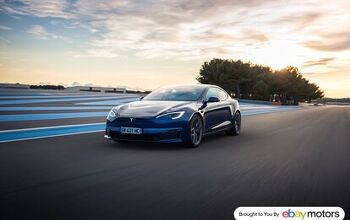
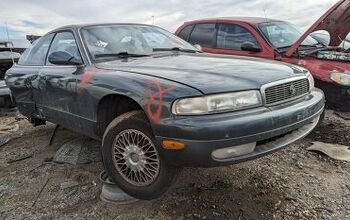
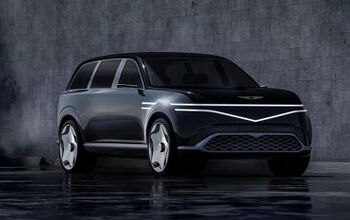
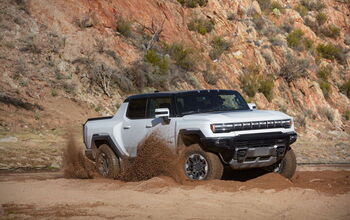
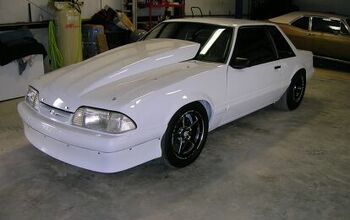
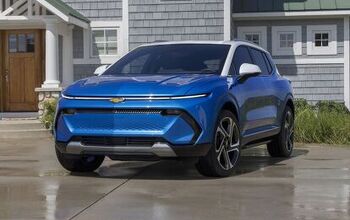
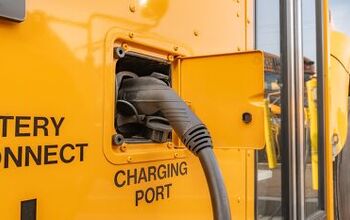
Comments
Join the conversation
Teen in my high school class was son of the local IH dealer principal. Sixty damn years ago. All he could ever talk about was how long a strip of rubber an unloaded 345 ci V8 pickup could lay down on the road, compared to a Chev. Uh, most roads were literally dirt in town those days, changing in '63. All I read here on pickups is about towing, back then it was all about laying rubber among the teens, and the farmers, well they just dawdled along at 35 mph in a 60 zone no matter what pickup they owned. Your average soul bought a car not a rattling truck with tin door cards. Channeling their inner tractor, IH pickup bodies were as well painted as any harrow rusting on the dealer forecourt, so they rusted badly in a year or two. A mile down the road, the Chevy dealer must have outsold IH a hundred to one on pickup trucks. Hell, people would drive 25 miles to the Ford dealer to get an F100 instead of an IH from their neighbor. But the Fargo pickups sold by the Plymouth dealer in town didn't sell many either. Jumping forward a few years, have to say the Grand Wagoneer bodywork was just great at rusting along the seams, if not as prone to having whole panels rust from the middle out like IH. When IH abandoned the small truck market, honestly, few noticed. This feaured Travelall I'd classify right up there with collecting old military trucks or vintage lawnmowers. Something for the niche hobbyist. Maybe someone would salivate at the thought of getting one for $17K, but boy, they'd be few and far between.
My nephew has restored my granddad's 63 IH 1000 stepside pickup with 63k miles. Looks like new and the I6 with a 3 on the tree runs great. During the 60s and early 70s IH was number 3 in pickup sales just ahead of Dodge.